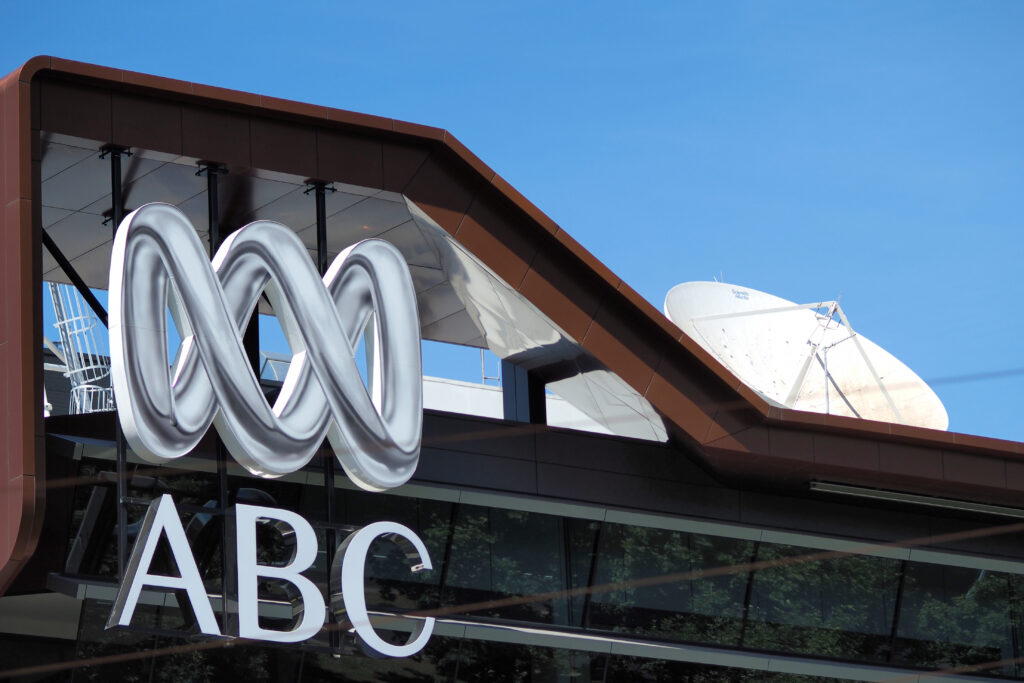In today’s fast-paced world, where misinformation goes unchecked and can spread widely, it’s essential to be savvy about the origins of your news. This becomes even more important when you find yourself in a new country, facing an unfamiliar media landscape.
This guide aims to break down the media scene in Australia, helping you make informed choices about where to get your news.
An introduction to Australian media
In Australia, the media scene is a mix of public broadcasting, commercial networks, and independent media, each catering to specific needs and audiences.
Public media in Australia
Public broadcasting is a major component of the media scene, led by the Australian Broadcasting Corporation (ABC) and the Special Broadcasting Service (SBS). These organisations maintain editorial independence and aim to reflect Australia’s multicultural makeup to contribute to informed public discussion.
- ABC is the national broadcaster, providing a comprehensive mix of news, current affairs, educational programs, and entertainment. It’s accessible through television, radio, and online platforms, including in regional and remote areas.
- SBS stands out for its focus on multicultural and multilingual content. It delivers programming in various languages, catering to Australia’s multicultural population.
Commercial media in Australia
Commercial media, driven by profit and audience ratings, often focus on content that maximises viewer engagement and advertising revenue. This can sometimes lead to different content priorities compared to public broadcasters.
- News Corp Australia: Owned by Rupert Murdoch, this entity is a major force in Australian print media, with leading publications like The Australian, The Daily Telegraph, and The Herald Sun.
- Nine Entertainment: Post-merger with Fairfax Media, Nine owns significant newspapers (The Sydney Morning Herald, The Age) and TV stations, offering a mix of news and entertainment.
- Seven West Media: Operator of the Seven Network, it provides a blend of news, sports, and entertainment, alongside various print publications.
Independent media sources in Australia
Independent media plays a crucial role in Australia’s media landscape by providing diverse and often alternative perspectives on issues. Here are some of the most popular independent media sources in the country:
Who regulates this media?
In Australia, media regulation is overseen by the Australian Communications and Media Authority (ACMA). Their job is to make sure that everything in broadcasting, the internet, and telecommunications is fair and follows ethical standards. They also keep an eye on what’s happening and take care of any complaints from the audience.
ABC hosts a program called Media Watch, which assesses the performance of media organisations, with a focus on ethical standards and issues like media bias. This plays a role in promoting honesty and transparency in Australian media.
Media ownership and influence in Australia
Media ownership in Australia is among the most concentrated in the world, particularly in the newspaper sector. This sector is dominated by two major players: News Corp Australia, led by Rupert Murdoch, and Nine Entertainment, which expanded its influence after acquiring Fairfax Media. This concentrated ownership structure has been a point of discussion regarding its impact on the diversity of viewpoints within the media and even led to a Senate Inquiry in 2021.
However, the way people, particularly younger generations, consume news is evolving. With a growing preference for digital and social media platforms, the traditional dominance of these media giants is being challenged. While this shift diversifies the sources of information, breaking away from a few dominant voices, it also brings challenges due to the rise of misinformation on these less-regulated platforms. In 2023, the concern over misinformation reached new heights, with 69 per cent of Australians expressing worry.
Misinformation vs. disinformation
In the Australian media context, understanding the difference between misinformation and disinformation is key. Misinformation is incorrect or misleading information shared without harmful intent, often due to errors or misinterpretation. Disinformation, however, is false information deliberately spread to deceive people. In response to these challenges, Australia introduced the Code of Practice on Disinformation and Misinformation in 2021, led by DIGI with participation from major tech companies like Adobe, Apple, Facebook, Google, Microsoft, Redbubble, and TikTok, to mitigate the spread of harmful false information online.
Tips for responsible media consumption
- Recognise the echo chamber effect: Understand that social media algorithms tend to reinforce your existing beliefs by showing content that aligns with your interests. This can trap you in a bubble of similar opinions, potentially intensifying your views.
- Actively seek diverse perspectives: Make a conscious effort to follow and engage with a range of news sources and viewpoints, even those you might disagree with. This helps in getting a more balanced understanding of issues.
- Use a variety of platforms: Don’t rely solely on social media for your news. Incorporate a mix of traditional news sources, independent media, podcasts, and international news outlets into your media diet.
- Check multiple sources: When you come across a news story, especially one that evokes a strong emotional response, verify it against other reputable news platforms. This practice helps in identifying biases and inaccuracies.
- Understand source credibility: Evaluate the credibility of the sources you are consuming. Look at their history of reporting, fact-checking standards, and whether they are known for journalistic integrity.
- Be critical of viral content: Social media often amplifies sensational or controversial content. Approach viral news with a critical eye, and research its origins and veracity.
- Engage with fact-checking websites: Utilise fact-checking resources like Snopes, FactCheck.org, or locally relevant sites like AAP FactCheck and RMIT ABC to verify claims, especially those that seem controversial or are widely shared on social media.
- Beware of confirmation bias: Be aware of your own biases and how they might influence your news consumption. Actively challenge your viewpoints by exploring content that offers different perspectives.
- Educate yourself on media literacy: Enhance your understanding of how media works, the role of journalism, and how news is produced. This knowledge can help you better evaluate the news you consume.
- Reflect on your media consumption habits: Periodically reflect on your media habits. Are you getting a balanced view? Are there topics or perspectives you’re missing? Adjust your media consumption accordingly.





